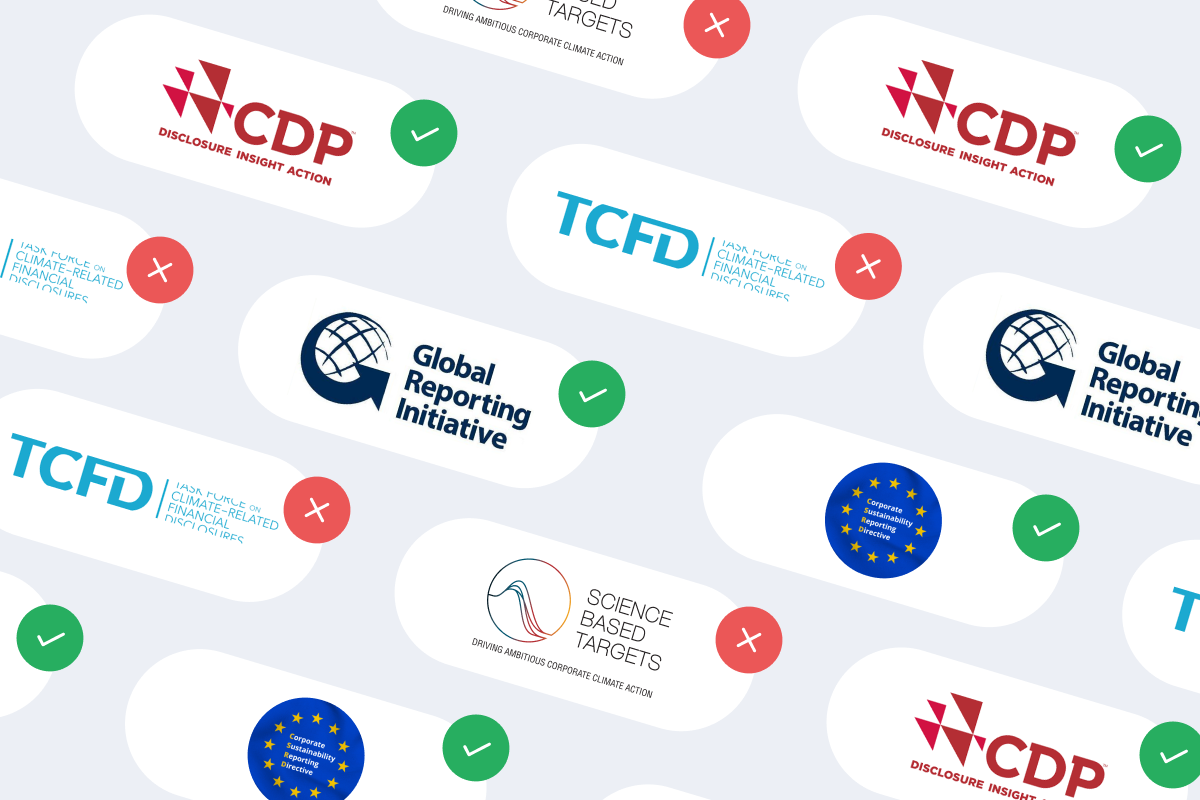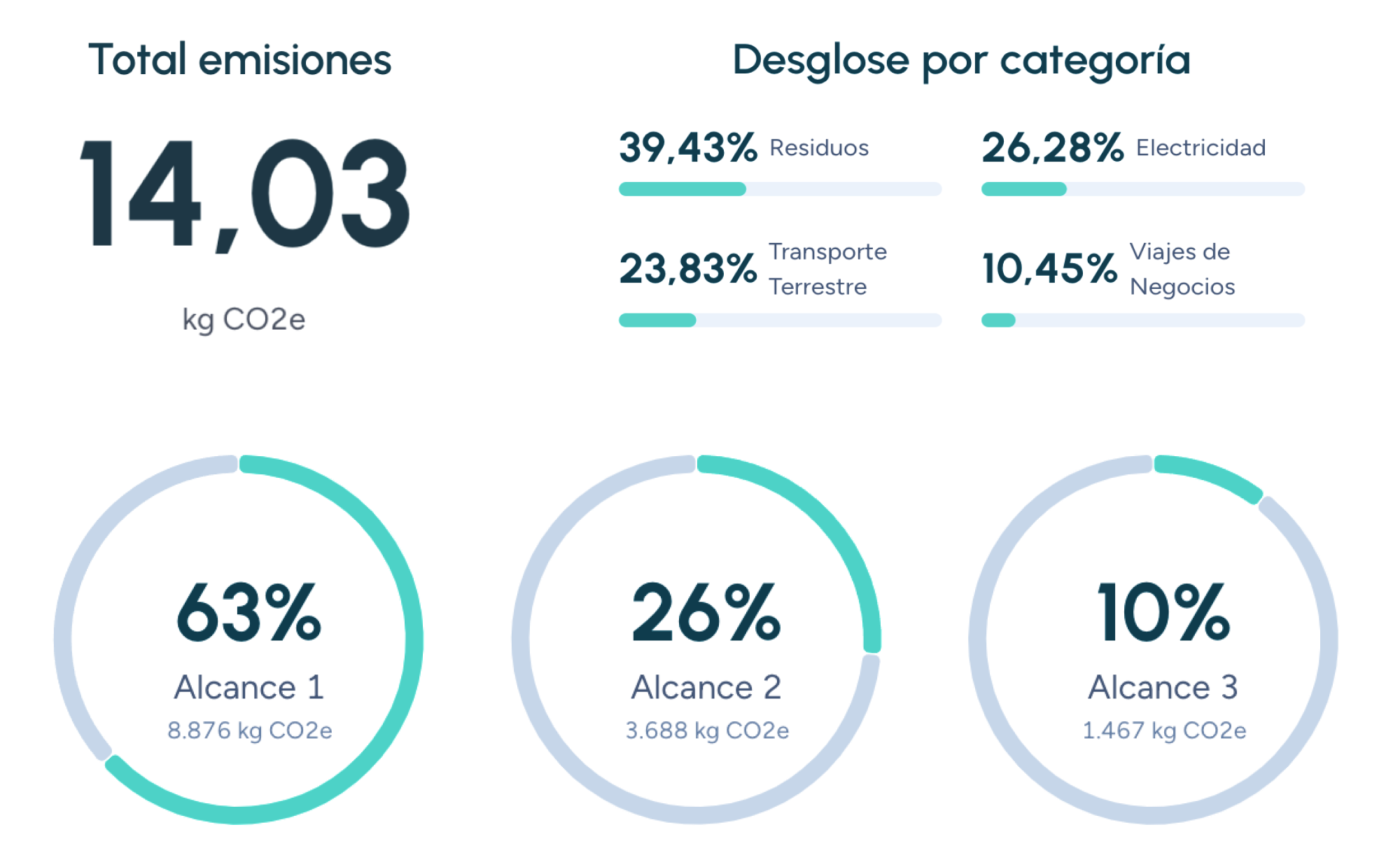Back to the blog
Core climate concepts
Pioneer species and ecological restoration
Jaume Fontal
CPTO & Co-Founder
Ecological restoration is the process of assisting the recovery of damaged, degraded, or destroyed ecosystems. In this journey toward ecological balance, pioneer species play an indispensable role. These hardy, fast-growing organisms are the first to colonize barren or disturbed landscapes, setting the stage for more complex flora and fauna to thrive later.
Understanding pioneer species is crucial for any business engaged in land management, reforestation, or offset projects, as these species often drive the early success of restoration efforts. This article explores the definition of pioneer species, why they matter, and how to integrate them into your corporate sustainability initiatives.
Defining pioneer species
Pioneer species are the “groundbreakers” of ecology. They are the first plants or organisms to emerge in areas lacking robust vegetation, such as abandoned agricultural fields, post-mining sites, or regions devastated by natural disasters like wildfires. Common pioneer species include:
- Grasses and weeds: quick to sprout and reproduce, creating soil stability.
- Nitrogen-fixing plants: certain legumes add essential nutrients to the soil, boosting fertility.
- Fungi and lichens: break down rock and organic matter, aiding in soil formation.
By establishing themselves in inhospitable conditions, pioneer species improve soil quality, increase moisture retention, and provide a habitat for other organisms.
Importance for ecological restoration
- Soil stabilization: pioneer species often have extensive root systems that hold the soil in place, preventing erosion and flooding.
- Nutrient enrichment: many pioneers are capable of nitrogen fixation, a process that converts atmospheric nitrogen into forms usable by plants, thereby enriching the soil for later species.
- Habitat creation: pioneers provide the initial habitat for insects and small animals, contributing to the formation of a balanced ecosystem.
- Successional pathway: pioneer species pave the way for secondary and tertiary species, leading to a more diverse and resilient ecosystem in the long run.
How businesses can utilize pioneer species
- Land reclamation projects: mining or industrial sites often leave behind barren land. Introducing pioneer species can speed up ecological recovery.
- Carbon offset initiatives: reforestation projects that incorporate pioneer species can see faster success, improving carbon sequestration rates.
- Corporate landscapes: even in urban settings, planting pioneer species around corporate campuses can enhance biodiversity and local ecosystem health.
- Community engagement: pioneer species restoration offers a platform for corporate volunteering events that engage employees in hands-on sustainability actions.
Case study: Reforestation with pioneer trees
Many successful reforestation efforts begin by planting fast-growing species like acacia or alder. These trees quickly establish a canopy, reduce weed competition, and enhance soil fertility. Once the conditions improve, more sensitive or slow-growing native species can be introduced, ultimately leading to a biodiverse and stable forest ecosystem.
Balancing biodiversity and business goals
While pioneer species are vital, relying too heavily on them can create monocultures that lack biodiversity. For long-term sustainability, companies should:
- Conduct ecological assessments: work with ecologists to identify suitable pioneer species that align with local conditions and native ecosystems.
- Monitor progress: regularly assess the impact of pioneer plantings, ensuring the ecosystem is evolving naturally.
- Transition to native species: gradually introduce a mix of native plants and animals to maintain ecological balance.
Challenges and considerations
- Invasive potential: some pioneer species can become invasive if they spread beyond intended areas.
- Community relations: engaging local communities is essential to prevent conflicts over land use and resource allocation.
- Regulatory compliance: certain regions have specific rules governing reforestation and the types of species that can be planted.
Pioneer species and ecological restoration
Pioneer species are the unsung heroes of ecological restoration. Their resilience and adaptability make them perfect for jumpstarting the regeneration of degraded lands, benefiting both the environment and businesses looking to achieve sustainability targets. By incorporating pioneer species strategically, companies can foster healthier ecosystems, enhance their sustainability credentials, and contribute to a more resilient planet.
Jaume Fontal
CPTO & Co-Founder
About the author
Jaume Fontal is a technology professional who currently serves as CPTO (Chief Product and Technology Officer) at Manglai, a company he co-founded in 2023. Before embarking on this project, he gained experience as Director of Technology and Product at Colvin and worked for over a decade at Softonic. At Manglai, he develops artificial intelligence-based solutions to help companies measure and reduce their carbon footprint.
Content
Companies that trust us

Dow Jones Sustainability Index: What it means for your business
Learn how the DJSI ranks companies and why it matters for corporate sustainability strategies.
07 May, 2025
The Environmental Performance Index: Measuring corporate impact
Learn how businesses can use the EPI to assess environmental impact and sustainability performance.
14 April, 2025
Carbon Neutral vs. Net Zero: What’s the difference?
Understand the key differences between carbon neutrality and net zero goals.
31 March, 2025
Guiding businesses towards net-zero emissions through AI-driven solutions.
© 2025 Manglai. All rights reserved
Política de Privacidad


